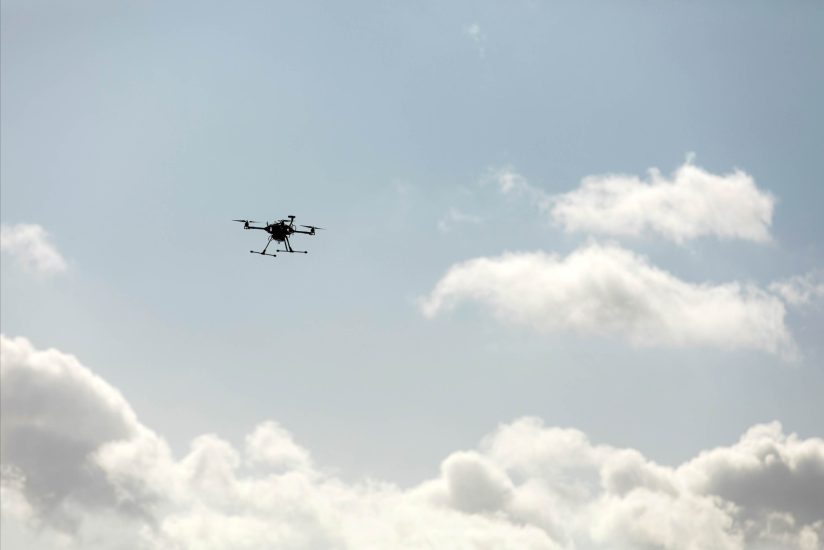Researchers, industry and organisations have demonstrated how 5G technology could be harnessed to integrate drones into the airspace, enabling safe operations alongside manned airspace.
In the recently concluded research project GENIUS, researchers from the Southern University of Denmark (SDU), along with the Technical University of Denmark (DTU), Ericsson, telecommunications company TDC, uncrewed traffic management specialist HHLA Sky, and several other partners, have developed new drones with integrated 5G technology and a traffic management system. 5G can be used to establish connections to and locate the drones, create corridors in the airspace where drones can safely fly, and even interrupt a drone operation and temporarily close the airspace if, for example, the police suddenly need to operate in the area.
“What has been great about this project is that it wasn’t just a theoretical exercise. We actually tested the systems, conducted the flights, and integrated the solutions from the different partners, both on a technological and operational level,” says Sebastian Törsleff from HHLA Sky, who provided the traffic management system for the project.
5G technology can be used to establish a stable and dependable connection to drones even in areas with limited capacity. In the GENIUS project, Ericsson succeeded in developing a new method for monitoring drone performance in real-time over a live network. This will make it significantly easier to fly beyond visual line of sight (BVLOS).
5G can also be used for several other purposes, such as improving drone flight and public safety. For instance, through the network, the drones can be located accurately on a centimetre scale, and users can produce what is called a SIM density map, i.e., a dynamic real-time overview of how many phones and thereby people are in a given area. This can be used for risk assessments and to direct drones outside of areas with many people.
The next steps will be to test the systems out in the real world, not just at the drone centre at HCA Airport in Odense.
“We have taken some decisive steps in GENIUS towards integrating the drones with manned aviation in the lower airspace. We still have big challenges ahead that we’re working on, and we are actively applying for more funding to be able to continue,” says Kjeld Jensen, associate professor at SDU’s drone centre. “We also look forward to the new national drone strategy, which will be released in the autumn, and which several partners in the project have helped to develop as part of the expert groups. Hopefully, the new strategy will form the basis for future legislative work in the area.”
- GENIUS was a three-year research project supported by the Innovation Fund. It began in 2021 and ended in spring 2024. The goal was to lay the foundation for a future traffic management system for drones using 5G technology, which enables the integration of drones with manned aviation in the lower airspace. In total, there were 10 partners in the project: SDU, DTU, TDC NET, Ericsson, HHLA Sky, Meck Consult, Science Ventures Denmark, Airplate, SDFI, and Naviair. Additionally, the Danish Environmental Protection Agency was also involved. As a spin-out from the research project, the company AirPlate was founded. It makes digital licence plates for drones so they can be identified from a distance, which is required by EU legislation. AirPlate also produces an AirMap that tracks drone and air traffic in Denmark. During the project, TDC NET and Ericsson received the GSMA Foundry Excellence Award at the MWC conference for the telecommunications industry for their work in the project.
For more information
Image: HHLA Sky/Thies Reatzke



